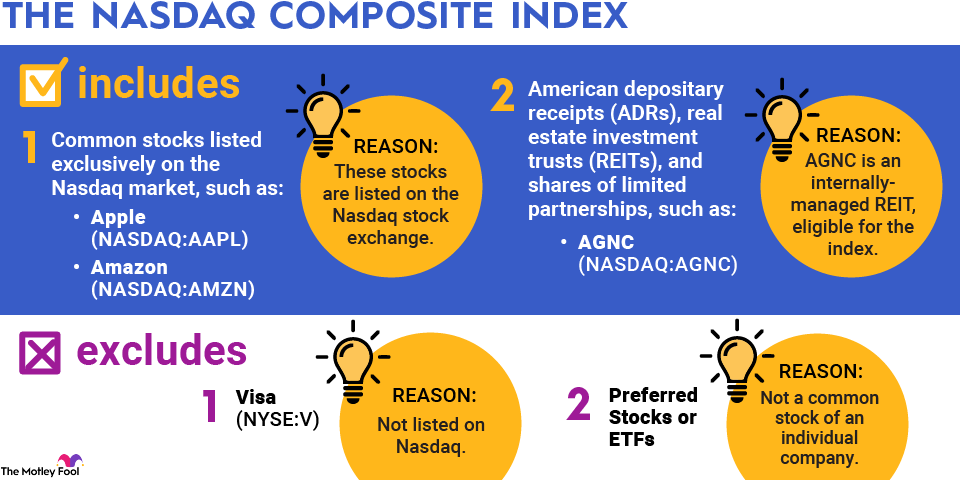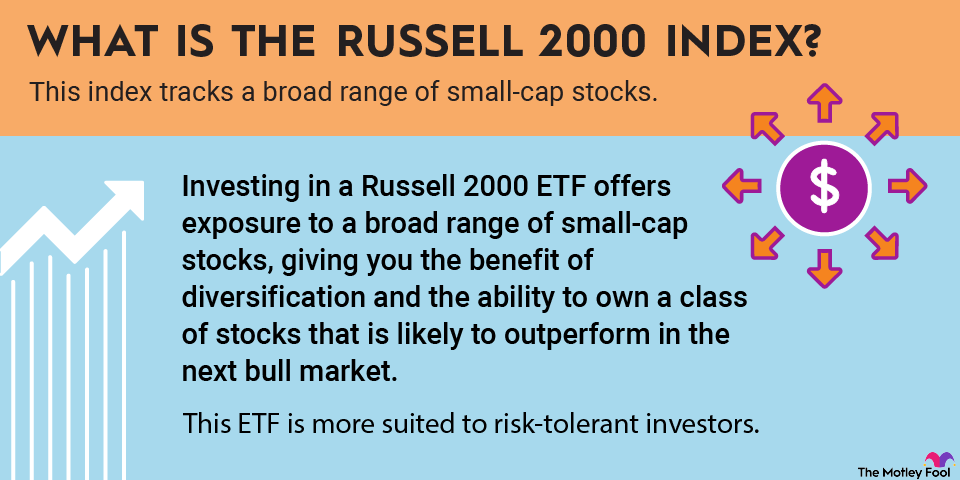For instance, if one index rises 250 points in a day while another rises just 10 points, it might seem as though the first index performed far better. However, if the first index started the day at 25,000 while the second index was at 250, then you can see that in percentage terms, the gains for the second index were far greater.
A higher percentage gain means a bigger profit for you if you invest in funds that track the index, so it's better to focus on percentages than on point movements.
Moreover, even the most popular stock market indexes don't generally measure the performance of the entire market. Knowing which stocks are in an index can tell you which parts of the stock market are contributing to that index's performance and can explain why other indexes might not be performing the same way.
What are the uses of stock market indexes?
Stock market indexes can be useful to follow for a few key reasons.
- Tracking the most-followed stock market indexes can give you a general sense of the health of the overall stock market.
- Tracking lesser-known indexes can help you see how a particular segment of the market is performing compared to the market as a whole.
- If you don't want to invest in individual stocks and would rather match the performance of the overall market, then a cost-effective way to earn solid returns over time is by investing in index funds that track the stock market indexes you're most interested in.
Stock market indexes make it easier to know how the market is performing without having to follow the ups and downs of every individual stock. They also open up simple investment opportunities that even novice investors can use to participate in the long-term success of the stock market.



